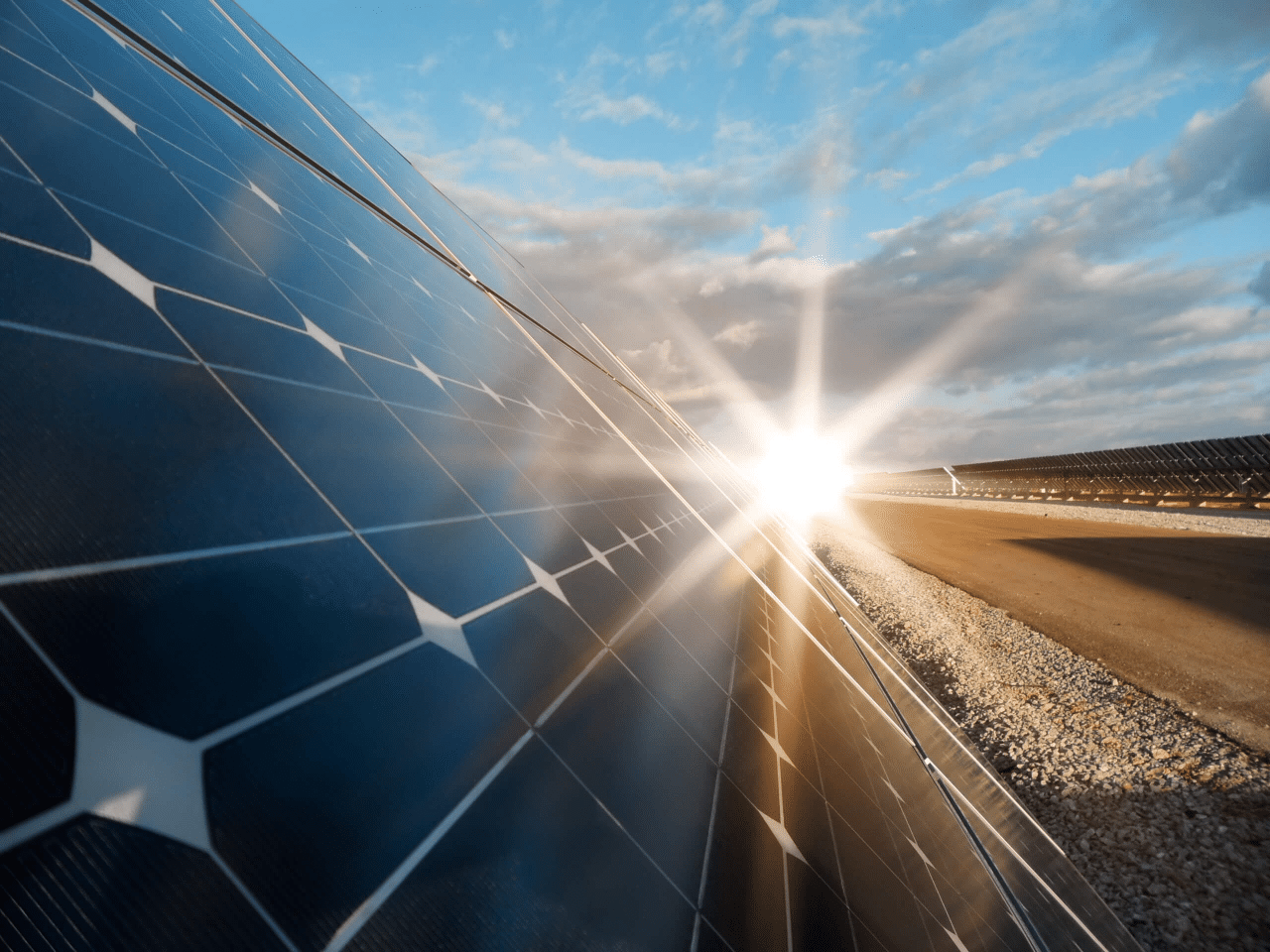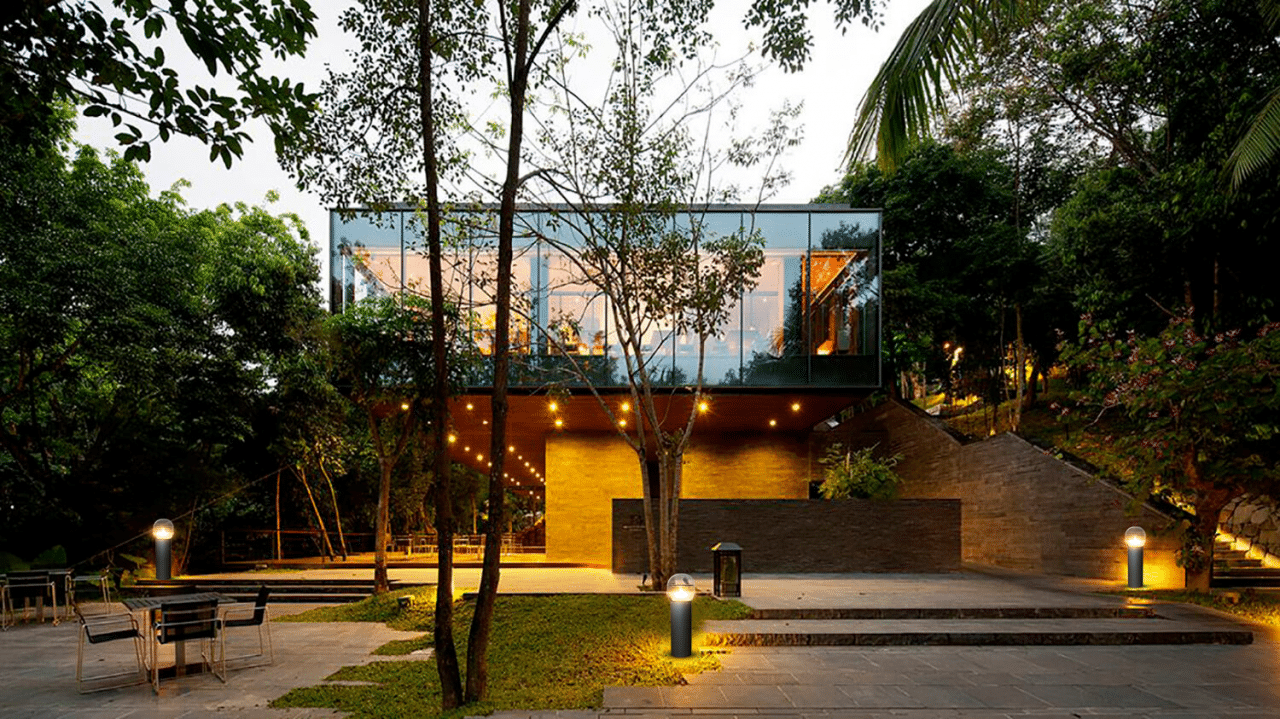What kinds of solar lamps do you like? what factors will be influenced add them to your shipping cart? Saving energy, low budget, luminance, appearance, or design? Everyone has different answers.As a technology leader within the solar lighting area. Top-quality, high unique performance products form the basis of our success. The following are our recommendations for product performance factors. 1. SunshineMost people understand the general principle of solar lighting: sunlight on a solar panel charges the battery during the day, and that stored energy is used to power the light after dark.However, the battery can only stand out few hours without direct sunlight. That might not be a problem in the tropics where the sun shines consistently year-round, but it makes the lights completely ineffective anywhere else.To be effective in the place, solar lights need more autonomy. Better solar lights come with a high-capacity lithium battery and use their stored power more efficiently to stay lit during long periods of dark and bad weather. 2. Power StorageIt measures how efficiently a solar fixture can convert sunlight into a battery charge. A solar light with good power storage requires less time to fully charge a depleted battery and can continue to operate effectively with few daylight hours.Power storage, not the same as charging time. A low-capacity battery might reach full charge more quickly than a larger battery, but the high-capacity battery will usually have a superior power storage rate. 3. Working TemperatureWhy same battery will have a big difference in a lifetime?Reason outdoor high temperature is the killer of battery (when battery working, it also will Self-heating) and The battery is usually the first thing to fail from extreme temperatures.Moisture mixed with the extremes of hot and cold can wreak havoc on poorly protected batteries and solar cells. If your site is especially wet, hot, or cold, battery life decays very quickly.So temperature control design for the battery pack is very important and necessary. But not all solar light factories will care about it and have this technology. You can make sure your installation will last by selecting solar lights with a specified high or low-temperature tolerance. 4. Luminous FluxLuminous flux describes the amount of light output that solar light provides. It is measured in lumens. Low-quality solar lights are notoriously dim. LED lights are good at providing maximum lumens with minimum power, but they can only do so much with a limited power source. Less expensive models may produce under 100 lm/w, while high-performance models can consistently produce over 200lm/w. 5. IlluminanceThe light will appear more intense at certain points of distribution than others and different distribution patterns will deliver light at different levels of intensity. For most solar light applications, the average and minimum illuminance values and the maximum to minimum uniformity ratio for the area to be illuminated are of the most interest. Solaraxy creates an ideal environment and space atmosphere through the control and design of the lens, lamp beads, beam angle, LED color temperature, lighting distribution, etc. As well as lamp networking deployment, APP-free definition, and remote control programming. Have a solar project in mind? Ask anyway!
What kinds of solar lamps do you like? what factors will be influenced add them to your shipping cart? Saving energy, low budget, luminance, appearance, or design? Everyone has different answers.
As a technology leader within the solar lighting area. Top-quality, high unique performance products form the basis of our success. The following are our recommendations for product performance factors. 1. SunshineMost people understand the general principle of solar lighting: sunlight on a solar panel charges the battery during the day, and that stored energy is used to power the light after dark.
However, the battery can only stand out few hours without direct sunlight. That might not be a problem in the tropics where the sun shines consistently year-round, but it makes the lights completely ineffective anywhere else.
To be effective in the place, solar lights need more autonomy. Better solar lights come with a high-capacity lithium battery and use their stored power more efficiently to stay lit during long periods of dark and bad weather.
Power storage, not the same as charging time. A low-capacity battery might reach full charge more quickly than a larger battery, but the high-capacity battery will usually have a superior power storage rate. 3. Working TemperatureWhy same battery will have a big difference in a lifetime?
Reason outdoor high temperature is the killer of battery (when battery working, it also will Self-heating) and The battery is usually the first thing to fail from extreme temperatures.Moisture mixed with the extremes of hot and cold can wreak havoc on poorly protected batteries and solar cells. If your site is especially wet, hot, or cold, battery life decays very quickly.
So temperature control design for the battery pack is very important and necessary. But not all solar light factories will care about it and have this technology. You can make sure your installation will last by selecting solar lights with a specified high or low-temperature tolerance.

